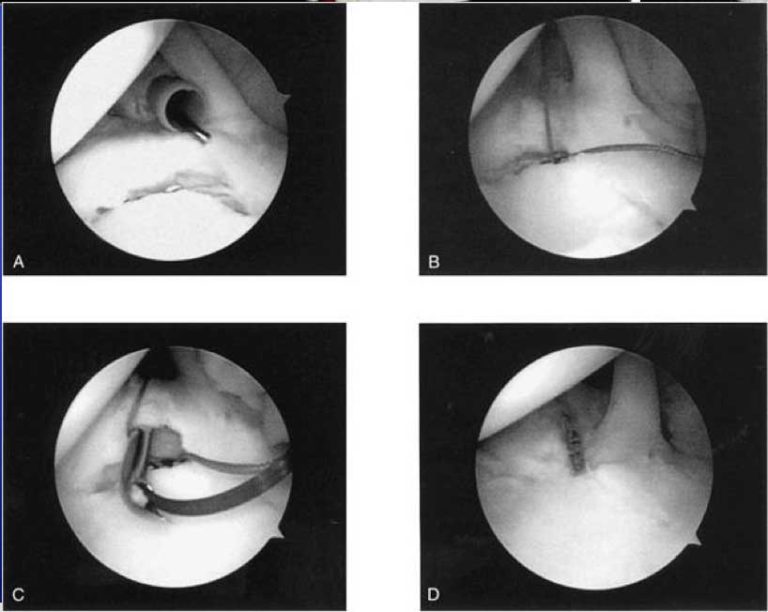SLAP is an acronym for Superior (top) Labrum (the bumper around the glenoid) Anterior (front) to Posterior (back).
The long head of biceps tendon attaches to the top of the glenoid bone (and labrum). As we age, degeneration in this area becomes more common and the pain from a SLAP lesion is almost always related to the biceps tendon rather than from the SLAP tear itself.
SLAP tears are common in athletes who throw with their arm overhead, such as baseball, javelin and tennis players and in these people might need to have the tear repaired.
Despite being commonly reported on MRI scan they almost never need treatment in older people.
Treatment without surgery works in about 50% of patients. In older patients cutting the biceps tendon (tenotomy) or moving it to a new location outside of the shoulder (biceps tenodesis) fixes the symptoms.
While a SLAP tear often involves damage to the labrum it is somewhat different to anterior shoulder instability where the shoulder actually dislocates. There is usually no sensation of the shoulder dislocating, just pain when using the arm overhead or when loading the biceps tendon.
Generally speaking a sling needs to be worn for 4 -6 weeks after a SLAP repair. Active range of motion exercises are performed for the next 4 -6 weeks and then a strengthening programme commenced. Full recovery is usually 6 months.
Fitness is best maintained on a stationary exercise bike or jogging (being very careful not to fall).
None of these operations give you a super strong / bulletproof shoulder and just as you inured your shoulder the first time, you may injure it again with violent sporting activity.
How can we treat a younger patient whose rotator cuff is too badly damaged to be repaired?
FAQs
For the majority of the population tearing their long head of biceps or having it cut during surgery will not cause a major function deficit. This is because the majority of the power of the biceps comes from the short head which is rarely injured. Overhead throwing athletes like baseball pitchers may have difficulty stabilising their shoulder without a biceps and people like electrician who need to repeatedly supinate (twist the palm upwards) when using tools may notice some functional loss. For most people the trauma of having a biceps tenodesis outweighs the advantages of the procedure.
The boney shape of the shoulder stops it going out of joint directly upwards. Tearing the superior labrum will allow excess movement of the shoulder and secondary problems but not a true dislocation, like an an anterior inferior dislocation would. For most patients this is treated with a labral repair and then shifting the biceps to a new location where it will not pull on the newly repaired tissue.
Typically you will need to wear a sling for 4 weeks to protect the repair. After that physiotherapy in the form of an active range of motion programme starts. At 8-12 weeks a strengthening programme is undertaken and at 4-6 months you will return to unrestricted use of your shoulder.
